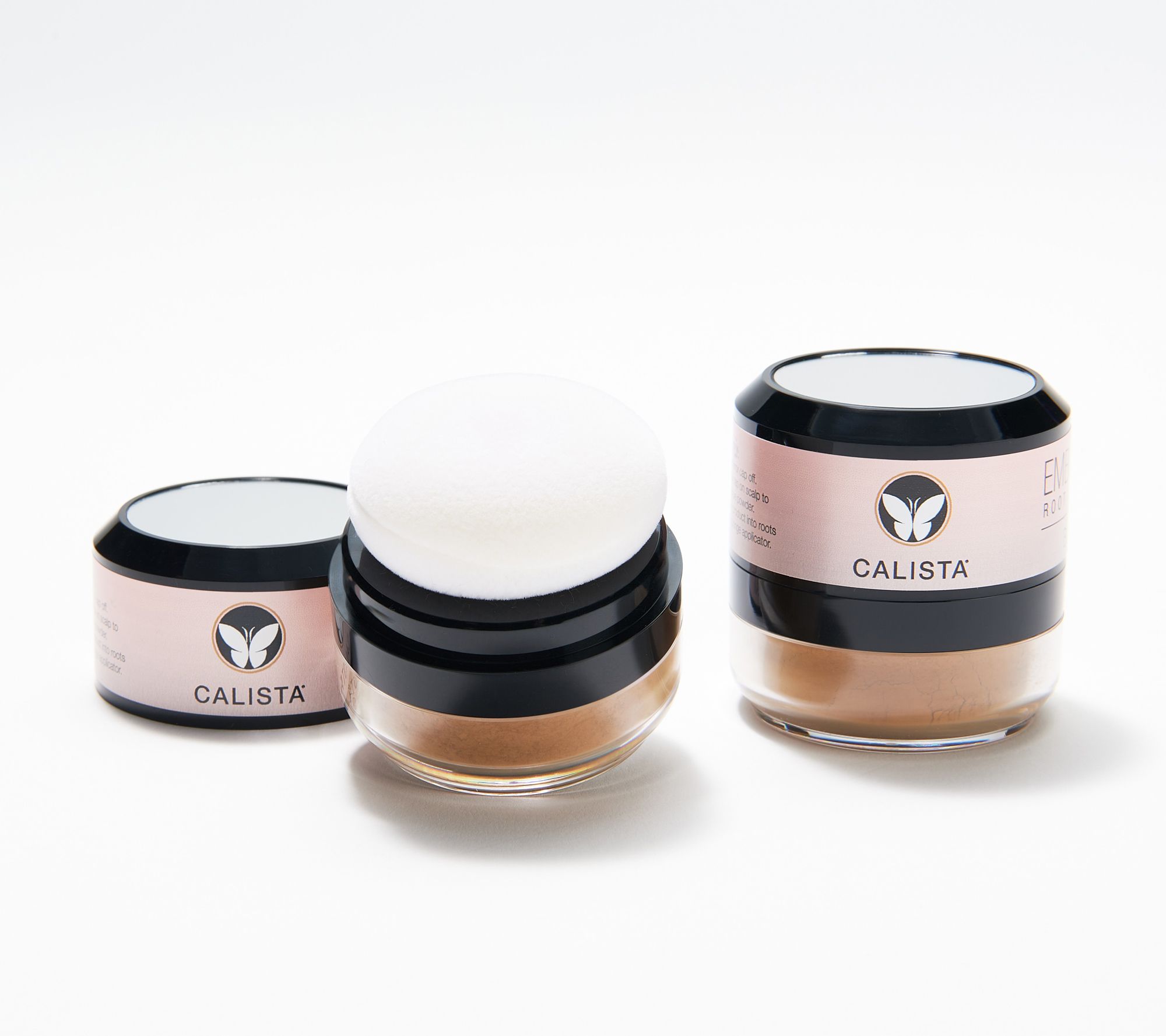Coffee Bean Caffeine Eye Cream for Dark Circles | 100% PURE
This Coffee Bean Caffeine Eye Cream works wonders on dark circles and puffiness. Promote a youthful under eye with natural eye cream from 100% PURE!
For All Skin Types
Anti-inflammatory, caffeine rich green tea and coffee de-puff while increasing circulation to brighten dark circles. Concentrated with potent anti-aging vitamins and antioxidants to awaken the eye area, and nourishing rosehip oil for softer, more youthful skin.
**Results of an independent clinical 4 week study
GOOD BYE, PUFFY EYES!
83% saw immediate reduction of puffiness
97% saw reduction of puffiness with continued use
SAY “NO” TO DARK CIRCLES
73% saw an immediate reduction of dark circles
87% saw reduction of dark circles with continued use
87% say they look more ‘awake, rested, and refreshed’
SAY “YES” TO MORE YOUTHFUL LOOKING EYES
80% say that it instantly helped reduce the look of lines and wrinkles around the eye area
97% say skin around their eyes was softer and smoother
93% say it reduced the appearance of fine lines and wrinkles with continued use
100% say it improved skin hydration and moisture
93% say it improved skin firmness/elasticity
Additional information
| Ingredients | Aloe Barbadensis (Organic Aloe) Leaf Juice*, Rosa Centifolia Flower Water (Rose Hydrosol), Rosa Canina Seed Oil (Rosehip Oil), Coffea Arabica (Green Coffee) Seed Extract, Camellia Sinensis (Green Tea) Leaf Extract, Tocopherol (Vitamin E), Sodium Ascorbate (Vitamin C), Extracts of Coffea Arabica (Coffee Cherry) Seed, Rosmarinus Officinalis (Rosemary) Leaf, Origanum Vulgare (Oregano) Leaf, Thymus Vulgaris (Thyme) Flower/Leaf, Vanilla Planifolia (Vanilla Absolute) Fruit, Euphorbia Cerifera Cera (Candelilla Wax)* *Certified Organic |
|---|






by Diana
I have been using Coffee Bean Caffeine Eye Cream for more than 5 years now. It is great for daytime use and gives my eyes the little pick me up they need to keep them feeling energized all day. Absolutely love this cream! Skin type: Combination.
by Lavinia
Love this eye cream so much I bought another for my sister. Reduces puffiness and hydrates, all while smelling AMAZING!!! Seriously the only eye cream I remember to actually use because it smells so divine. Highly highly recommend.
by Brougane
Can we start by talking about how beautiful the packaging is? I love the look and feel of the bottle, easy to store and easy to travel with. This clean formula is so smooth and has the lightest of scents. I love the way it feels on my delicate under eye skin, cooling, moisturizing, and calming. Get this product!